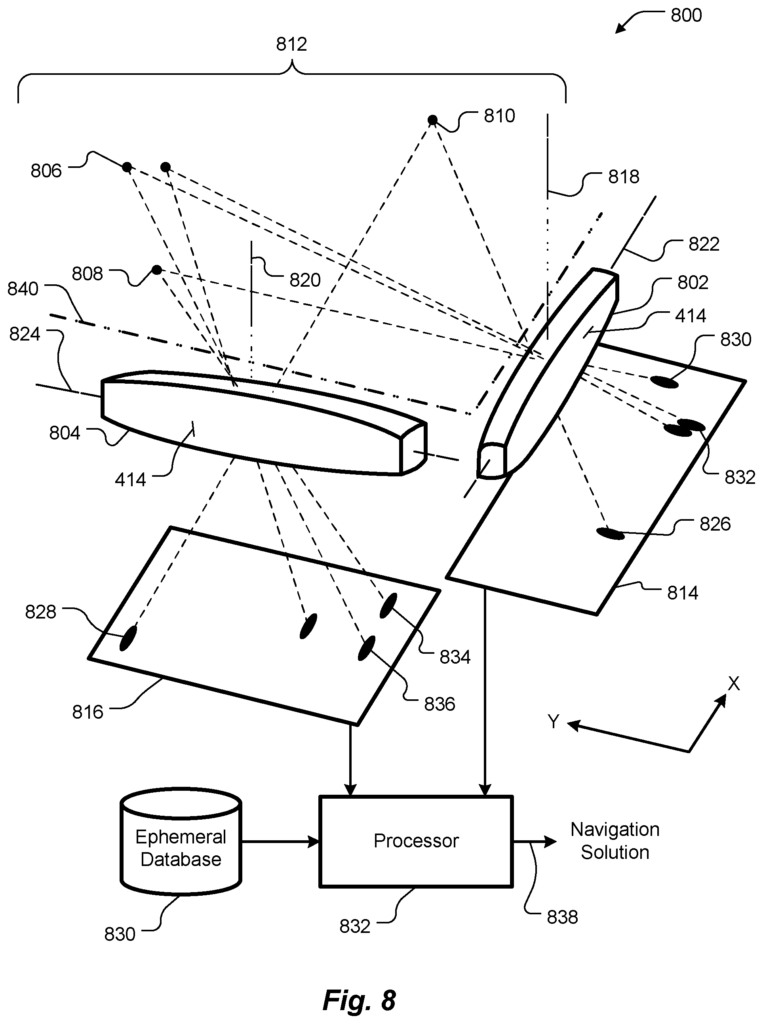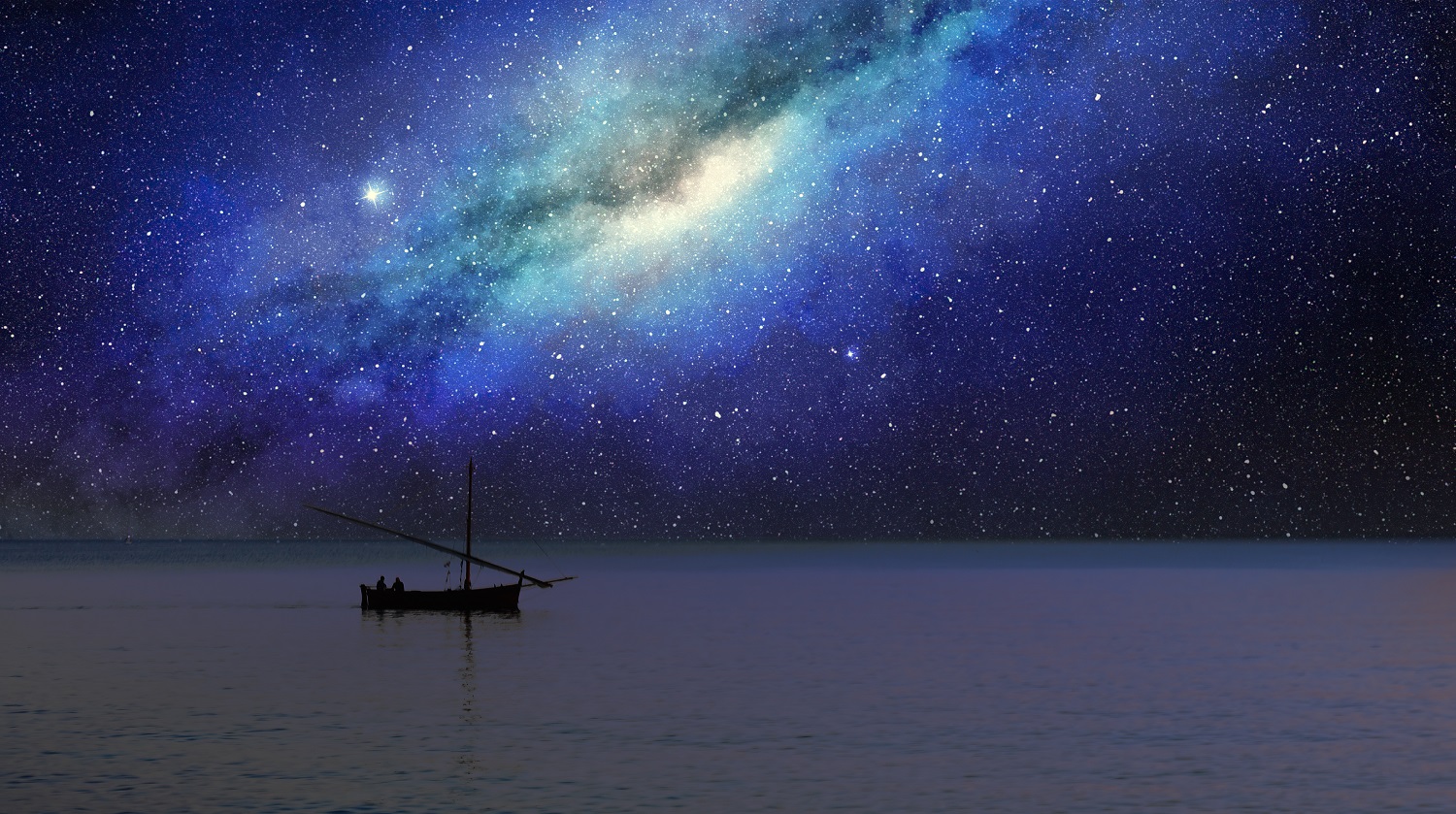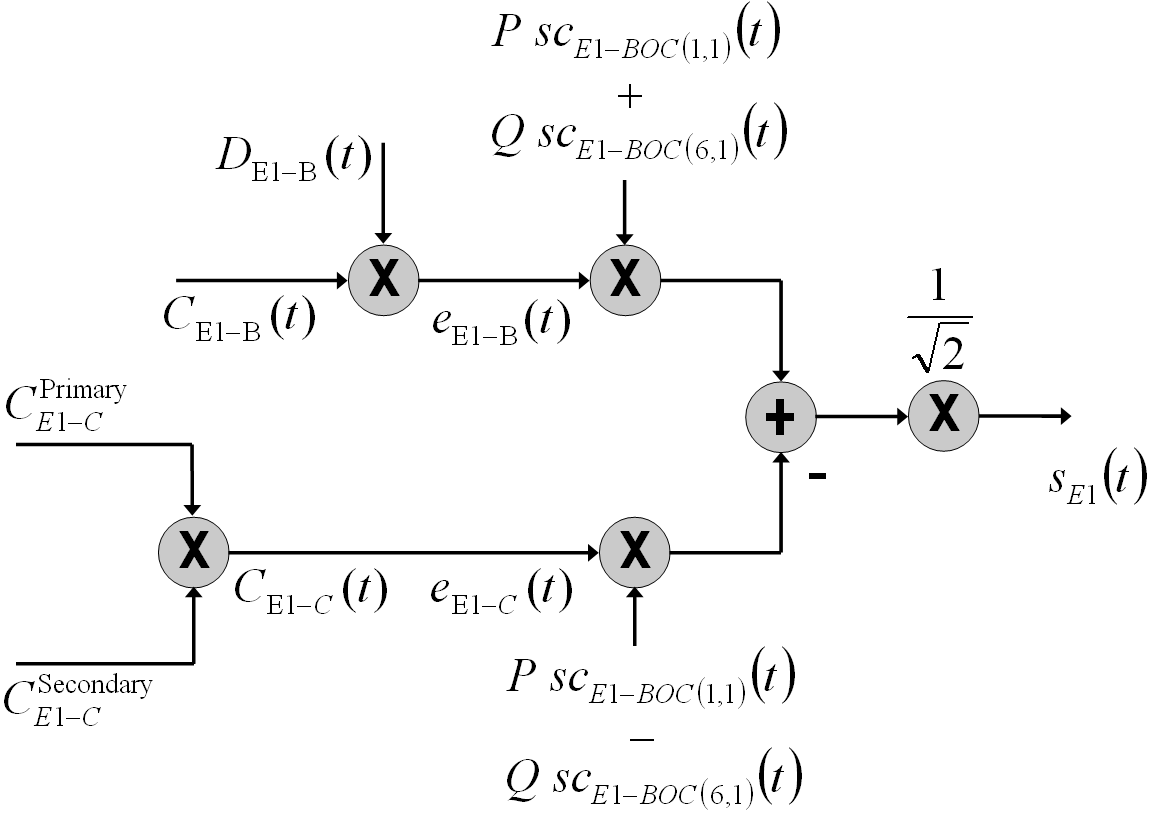Scientists at Draper Laboratory have patented a celestial navigation system called a sliced-lens star tracker, which in its early form can achieve 50-meter accuracy in GNSS-denied environments. Improvements are expected as the technology evolves. Vehicles of all kinds may be able to benefit when using this system for navigating by the stars.
Draper continues to develop advanced star-tracker technology, including novel hardware architectures and computational techniques, to improve performance and reduce size and cost.
According to the U.S. General Accounting Office (GAO), the Department of Defense (DOD) is actively investigating automated celestial positioning technology.
Celestial navigation has of course existed for centuries in the maritime realm. Originally, celestial objects were used simply to help determine direction of travel. In the modern age dedicated tools such as sextants enabled observers to calculate their position based on measuring angles to celestial objects.
[Image above courtesy Draper.]
Current R&D focuses on using cameras to image the sky, and referencing the stars’ orientation to determine a platform’s position.
The technique depends on highly accurate celestial maps. According to a DOD official, an automated system performing this imaging and analysis could determine absolute position to within 50 meters.
Celestial systems still face limitations based on weather. Clouds can block the visibility of stars.
Draper’s star tracker advances the technology of celestial navigation in several ways. The star tracker’s optics are smaller and lighter than a conventional lens, reducing the overall size and weight compared to conventional star trackers, while maintaining high angular resolution. The new system includes a pixelated image sensor, a database of celestial objects and a processor configured to estimate the position and orientation of the star tracker.
The impact of the new star tracker could be a smaller, lighter and potentially less expensive celestial navigation system, according to the Laboratory. On many different types of vehicles, in locations where GPS is unavailable, the sliced lens star tracker could serve as a backup or alternative navigation system—especially if further refined.
The inventors responsible for “Sliced Lens Star Tracker” are J.P. Laine, Robin Dawson, Daniel Meiser, Ben Lane, Eric Hoke, Matthew Jamula, Stephen Smith and Matthew Sinclair at Draper.
Technology Battle
Laine, the director of the PNT Division at Draper, told Inside GNSS that “Now the technology battle starts: how big of a telescope do I need to sight a star? Accounting for different conditions: daytime, nighttime, and so on.
“It’s a question of the optical imaging performance of the telescope. As I try to miniaturize a celestial navigation system, how do I reduce the weight and size of the telescope? That is what this patent is all about.”
Almost any lens-based imaging optic has a lens aperture up front that is circular. The lens diameter largely defines the optical resolution of that system, as well as the number of photons that the imaging system gathers.

FIG. 8 is a perspective schematic illustration of a star tracker 800 that includes two lens slices 802 and 804 to image celestial objects, exemplified by stars 806, 808 and 810, in a field of view 812 onto respective pixelated image sensors 814 and 816, according to an embodiment of the present invention. The lens slices 802 and 804 are disposed between the field of view 812 and the pixelated image sensors 814 and 816. Centers of each lens slice 802 and 804 may be disposed distances from the respective image sensor 814 and 816 equal to respective focal lengths of the lens slice 802 and 804. The two focal lengths may, but need not, be equal. The lens slices 802 and 804 and the pixelated image sensors 814 and 816 collectively form a star camera. Of course, the two image sensors 814 and 816 may be replaced by a single large image sensor (not shown) or more than two small image sensors (not shown). Courtesy Draper Labs and U.S. Patent Office.
Typically, the larger the aperture, the better the angular resolution and the more photons in the system. Reducing the mass and volume of the telescope become the key drivers.
“The sliced lens targets those two problems,” continued Laine. “It’s exactly what it sounds like. Imagine a spotting scope to look at birds. Sliced lens takes all the lenses in that optical path, cutting a slice through them, reducing the cylindrical shape into a flat slice of the optical system.
“Since that slice still has the original diameter represented in the long axis of that slice, that means I have thesame high-resolution angular measurement capacity along that axis.”
The Draper concept then takes a second slice, orthogonal to the first. With two slices looking at the target, one covering the vertical and the other the horizontal axis of resolution, combined yield roughly the same x,y measuremement at the star as one would get with a full-aperture lens. The volume and weight of the optical design have been significantly reduced.
“The slice concept is particularly useful for imaging point sources,” said Laine, “determining angles to stars. There are several variations to the concept, for various applications and performance levels. Accuracy depends on your ability to measure the angle to the star, the resolution of the star tracker, and the resolution of angular measurement to other references required (for example: the horizon and the vertical).
“Star trackers generally speaking are capable of providing orientation information, attitude information and position information. All you need for that complement of info, the only data set that I really need, is a star catalog: a [precise]map of where stars are, and a clock. With those three, that’s all I need in my ‘starter kit’ to begin generating a complement of attitude, orientation and position solutions.”
Star trackers could potentially constitute a powerful tool on their own. But combine a star tracker with a GNSS receiver, particularly one with an integrated inertial system, could provide a very robust capability. The star tracker could actually help discipline the IMU, Laine says.
“What are the negatives?” he asked. “Cloud cover. That’s pretty much it.”
Star trackers are not entirely novel, after the centuries gap from sextant use. The Space Shuttle on display in the Smithsonian’s Aerospace Museum in Washington, D.C. has two large star trackers in the nose, visible as two large circular apertures, forward of the commander’s window. Other NASA spacecraft also carry them, as a very accurate way of measuring, angularly, to the stars.
“The concept of celestial navigation is very old,” concluded Laine. “The new piece in this patent is the reduction in size, volume and mass. As we continue along that pathway developing systems that are better in performance, smaller in size, and in every way improved, we open up a whole avenue of research – moving to better computational techniques and very novel hardware architecture designs.”






